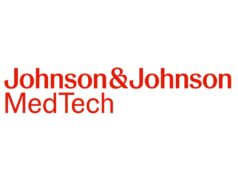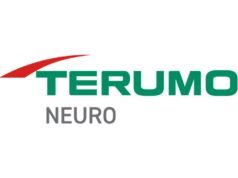CereVasc, a company focused on the treatment of patients with hydrocephalus, announced the closing of an expanded Series A financing that raised US$43.9 million. The financing was led by the Perceptive Xontogeny Venture Fund and ATON Partners.
According to CereVasc, the capital will be used to support the first-in-human clinical trial of the eShunt system, as well as clinical studies to support regulatory approvals. The first study is expected to begin enrolment during the second half of 2020.
The eShunt system, which is CereVasc’s lead product, is an endovascularly implanted cerebrospinal fluid (CSF) shunt and delivery technology for the treatment of hydrocephalus. The device is implanted through a percutaneous femoral venous approach under X-ray guidance in an angiography suite using local anaesthesia.
The device is designed to avoid the need for invasive surgery, extended hospitalisation, and post procedure pain management associated with the current surgical treatment. The news release notes that the eShunt implant may also significantly reduce failures associated with ventriculoperitoneal shunt systems such as treatment infection, catheter obstruction, and over drainage.
“Hydrocephalus—which is most commonly treated with an invasive surgical procedure—is one of the most common neurosurgical conditions impacting hundreds of thousands of children and adults in the USA,” commented Carl B Heilman, scientific cofounder of the company, in the announcement. “There was a clear need for a new approach to dramatically simplify the treatment of hydrocephalus, reduce morbidity, and expand the use of CSF shunts to a broader patient population.”
Adel Malek, also a cofounder, added: “Design improvements to decrease the high rate of shunt failure that leads to multiple invasive surgical procedures during a patient’s lifetime have been lacking over the last 60 years. A therapy with a novel endovascular design and minimally invasive deployment has the potential to significantly improve patient outcomes.”













